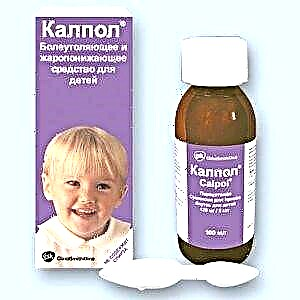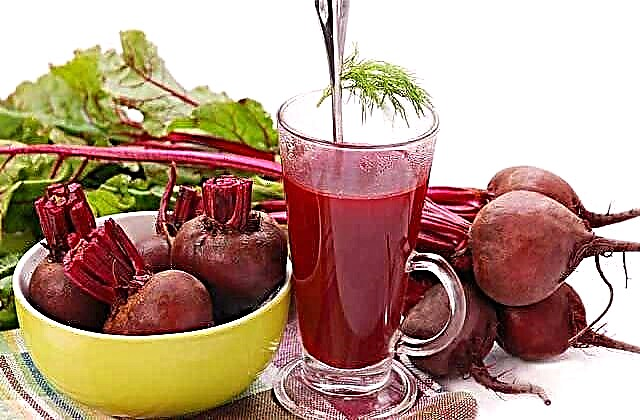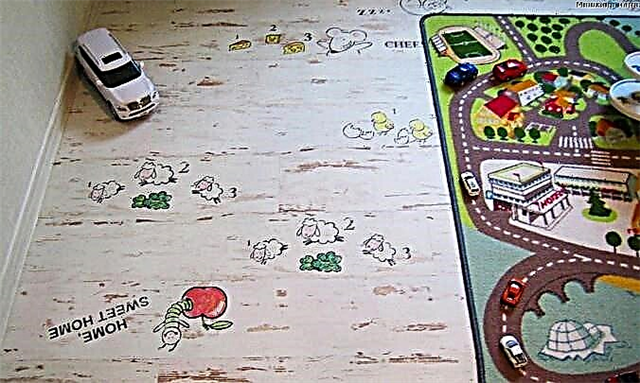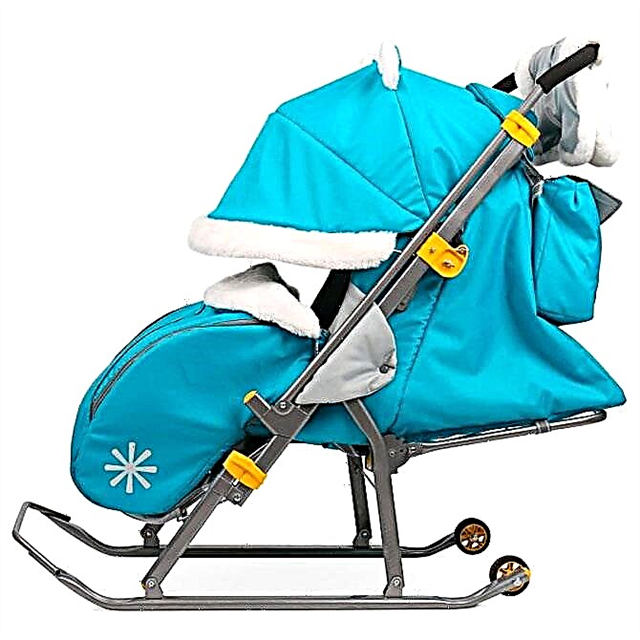An increase in temperature in a baby always requires the close attention of parents. Fever can be the result of a viral or bacterial disease. As a rule, if the temperature remains above 39 degrees for more than 3 days, this already indicates the addition of a bacterial infection.
How to bring down the temperature of a child?
You can bring down the temperature of a child by the following methods:
- the use of medicines (suppositories, syrups);
- physical methods of cooling;
- folk remedies.
The World Health Organization recommends lowering the temperature above 39 degrees, as this is the body's reaction to a foreign agent. Viruses die only at this temperature. Nevertheless, one should take into account the fact that if a child has convulsive readiness, it should be reduced already at 38 degrees and no longer wait.
Children are at risk if they are newborns or have:
- neurological pathology;
- chronic diseases of the heart, lungs;
- history of febrile seizures.
Such babies should bring down the temperature from 38 degrees.
Types of hyperthermia
White fever
It is dangerous for the life and health of the child.
 So, white fever can be suspected if you notice in your baby:
So, white fever can be suspected if you notice in your baby:
- cold feet, hands, but the body is hot;
- lips and skin of the legs with a shade of blue;
- the skin is pale, with a marbled pattern;
- the child is sleepy and lethargic;
- temperature over 39 degrees.
This condition is rare.
Red hyperthermia
Most common in children.
It is characterized by the following features:
- hot skin, including hands and feet;
- red skin color;
- the child can be active.
How to lower the high temperature?
White fever relief consists of the following steps:
- warm your legs - put on warm socks;
- drink plenty of water;
- with white hyperthermia, a sharp vasospasm occurs, therefore it is necessary to give a vasodilator (Papaverine or Drotaverine) and an antipyretic agent (they will be discussed below);
- in case of seizures, an urgent call for an ambulance is needed.
How to bring down the temperature of an infant with medication?
Antipyretic drugs are a whole class of drugs.
 Ibuprofen series:
Ibuprofen series:
- Nurofen (candles, syrup);
- Ibuprofen.
Paracetamol series:
- Panadol;
- Calpol;
- Efferalgan;
- Cefekon.
Rules for taking antipyretics
- No more than 4 times a day. There is a danger of an overdose and a risk of missing the infection.
- No more than 5 days.
Antipyretic drugs have been used since 1971, when for the first time the work of J. Wayne proved their effect on an enzyme that is activated against the background of inflammation and provokes fever.
Paracetamol does not affect the gastric mucosa and the respiratory center, does not disturb the acid-base balance.
Its effect occurs in 30 - 60 minutes, and lasts up to four hours.
WHO recommends Paracetamol as the first choice drug for children with fever. The dosage of Paracetamol is calculated from a ratio of 10 - 15 mg / kg. Also, a single dose is calculated for any drug containing paracetamol.
Paracetamol preparations
 Calpol. Suspension for oral administration. It contains 120 mg of paracetamol. The recommended age is from 3 months. Average retail price - 93 rubles;
Calpol. Suspension for oral administration. It contains 120 mg of paracetamol. The recommended age is from 3 months. Average retail price - 93 rubles;- Panadol for children. Not only lowers the temperature, but also relieves headache, toothache. Has a weak anti-inflammatory effect;
- Tsefekon D. Candles are used for babies from 3 months. Good enough effect. True, it does not come immediately - after 40 minutes;
- Efferalgan - candles based on paracetamol for children over 3 months old. One candle contains 80 mg of paracetamol.
Ibuprofen preparations
- Nurofen in suppositories or suspension. Lasts up to eight hours;
- Ibufen D. Suspension containing 5 milliliters, 100 milligrams of ibuprofen. Has a convenient dosing syringe;
- Ibuprofen in suppositories. Has a dosage of 60 mg. It is used in children from 3 months.
Combined drugs
- Ibuklin. A combination of paracetamol and ibuprofen. It is used in children from a year.
Since October 1991, WHO has not recommended analgin as an antipyretic agent in pediatrics, since it can cause anaphylactic shock, agranulocytosis. It is banned in many countries around the world (Austria, USA, Norway).
Acetylsalicylic acid is not recommended for children under 15 years of age due to its harmful effect on the gastric mucosa and the risk of developing liver failure.
Nevertheless, about 50% of parents do not know these facts, and these drugs are still widely used in children's practice as antipyretics.
How to bring down the temperature of a child at home?
 Apple vinegar used for wiping the armpits, groin folds, cervical region. It is not recommended to wipe the heart and head area. It must be diluted 1: 1 with water. Moisten a terrycloth towel and wipe off.
Apple vinegar used for wiping the armpits, groin folds, cervical region. It is not recommended to wipe the heart and head area. It must be diluted 1: 1 with water. Moisten a terrycloth towel and wipe off.- Cranberry tea. It has long been used by grandmothers. Natural antipyretic, like raspberries. But it is worth using it carefully if the child has an allergy.
- Camomile tea. To prepare the infusion, pour a tablespoon of chamomile with a glass of boiling water, let it stand for 2 hours. Water the child up to five times a day.
- Elderberry decoction also effectively contributes to temperature reduction. You should take 150 grams of elderberry and pour boiling water over them.
- Cabbage leaves. It is necessary to take a cabbage leaf, slightly beat it off so that the cabbage starts up the juice. Apply to the body, excluding the heart area. Cabbage juice contains natural antipyretic components.
- Linden blossom tea - also an irreplaceable helper in the fight against heat.
Physical methods of cooling
Aimed at the processes of thermoregulation of the body. They are used to improve heat transfer and, as a result, lower temperatures.
Cannot be used for white fever.
- rubdown. Take a terry towel, moisten it with warm water and wipe the child's body.
If the water is cold, then, firstly, you will frighten the child and provoke crying. Secondly, receptors in the skin, when cooled, send a signal to the brain, namely to the thermoregulatory center. The blood flow in the skin will decrease, but not the body temperature itself;
- wrap in a damp sheet or towels. The skin should be dry, the temperature in the room is about 25 degrees. The procedure should not cause discomfort to the child;
- Applying a hot water bottle with ice to the projection of large vessels.
You can find in the springs the use of enemas with chilled water to reduce the temperature. I consider this a barbaric method, since it will cause a sharply negative reaction and cry in the child, against the background of this, the temperature rise will be even greater;
- airing the room. Fresh cool air up to 25 degrees will help;
- air humidification. You can buy a special air humidifier or put containers with cool water.
What and how to drink properly with a fever?
When a child receives an adequate amount of water during an illness, then, firstly, it reduces intoxication syndrome, removing the metabolic products of bacteria and viruses. Secondly, it promotes heat transfer due to the fact that the baby begins to sweat and urinate more intensely.
 You need to drink boiled water without gas at room temperature every 15 - 20 minutes, 2 - 3 teaspoons or sips. Also, compotes from dried fruits or cherries are not prohibited, just not too sweet.
You need to drink boiled water without gas at room temperature every 15 - 20 minutes, 2 - 3 teaspoons or sips. Also, compotes from dried fruits or cherries are not prohibited, just not too sweet.
Signs of dehydration:
- Dry lips.
- Decreased skin turgor (elasticity).
- The child is lethargic, sleepy.
- The urine is concentrated, has a bright yellow-brown color.
If you notice these symptoms in a baby, then inpatient treatment is necessary.
In general, I would like to say that a high temperature is just a symptom of a disease. If the febrile temperature persists for more than 3 days, it is better to see a doctor.
Article rating:

 Calpol. Suspension for oral administration. It contains 120 mg of paracetamol. The recommended age is from 3 months. Average retail price - 93 rubles;
Calpol. Suspension for oral administration. It contains 120 mg of paracetamol. The recommended age is from 3 months. Average retail price - 93 rubles; Apple vinegar used for wiping the armpits, groin folds, cervical region. It is not recommended to wipe the heart and head area. It must be diluted 1: 1 with water. Moisten a terrycloth towel and wipe off.
Apple vinegar used for wiping the armpits, groin folds, cervical region. It is not recommended to wipe the heart and head area. It must be diluted 1: 1 with water. Moisten a terrycloth towel and wipe off.

